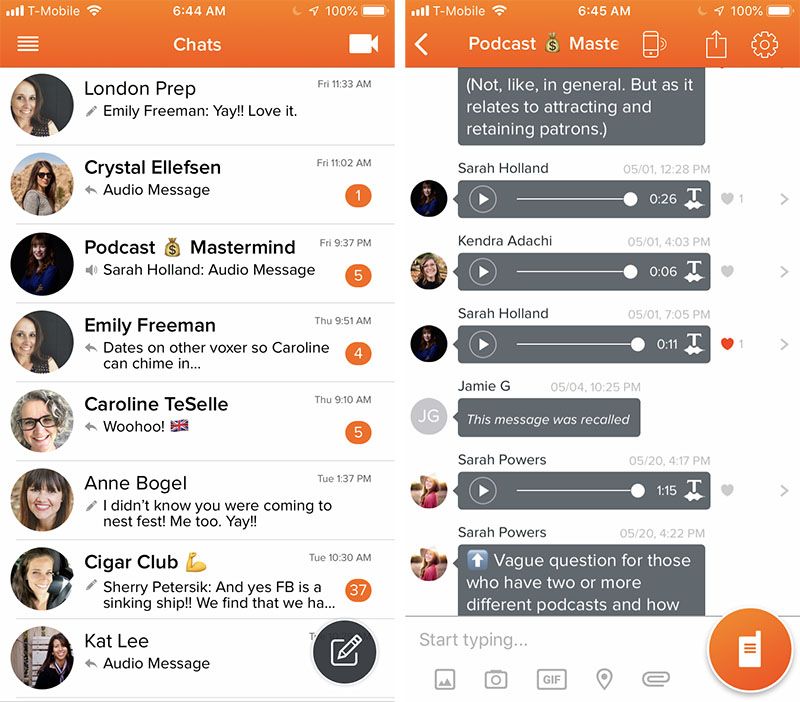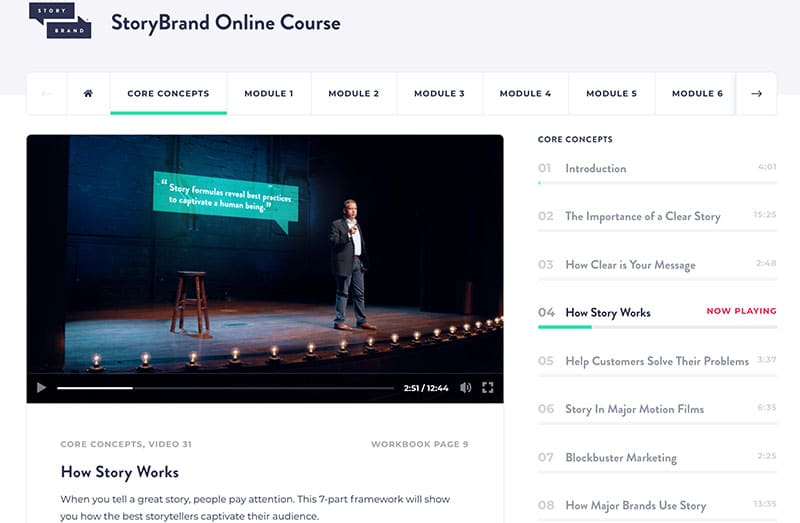I’ve been doing some kind of online writing work for almost 12 years now, starting when I first created this blog in early 2008. Some parts of my process have remained the same — have idea, write, edit, publish, interact with you guys about it — but the majority of my flow has changed in some way.
Yes, there’s the stuff like the focus and the strategy, but when it comes to my day-to-day, here’s-what-I-interact-with-most experience, it’s the tools that come to my mind that have changed the most. I’ve tried plenty of apps, websites, subscriptions, and methods to do my work well, and in a decade-plus of doing my work, I’m pretty sure I’ve figured out what works best for me.
I like to pack light when it comes to work — it’s mostly just me here, plus a few people I pay for their assistance, skills, and expertise — and low overhead is a high value of mine. If an ROI isn’t higher than its cost, if it’s simpler or easier to do the work without it, or if it adds more work to my plate, I don’t use it.
The longer I’m in this game, the more I know what I care about getting done and doing well. Here are my top go-to tools that help me do that.
(Disclosure: This post contains affiliate links. If you click through and make a purchase, I will earn a commission, at no additional cost to you.)
Writing
1. Scrivener: I use this software for all my long-form projects, like my books. I’ve fallen in love with it over the years, though there’s a bit of an onboarding process at first, and I don’t use all its features.
2. Google Docs: For anything shorter, whether it’s an essay or post, issues of 5 Quick Things, or articles, I simply write it in this free platform. Its sharing capabilities are what makes it shine.
3. Grammarly: I first knew about this software through my kids; they use it at school. When I got a subscription as an English teacher, it upped my writing game in all facets of my work, from a grader of student essays to, well, an actual writer myself. It’s so handy.
Communication
4. Slack: It took me a while to succumb to the Slack movement, but once I did, I never looked back, and my email inbox has never been saner. My AoS work team and I almost exclusively communicate in our Slack workspace, my podcast producer has me in his own workspace, I create a workspace for Literary London attendees so they can get to know each other and easily ask questions, and I have a private workspace for my patrons, where we talk. I’m also in a workspace for staff at my kids’ school, where I teach English. All this means I hardly ever miss important communication for stuff that actually matters.

5. Voxer: There are times when it’s easier to talk through ideas than write them out, and this little app does the heavy lifting. It’s a hybrid between texting and calling, and I have my most important work conversations here, both individually and in groups.
6. Unibox: I’ve been using this email client for about four months now, and I like it so far (though it’s not perfect). It displays emails by sender, not subject line, which means I can see emails faster from people I actually know and care about.
7. Ringr: This is more recording than purely communication, but it’s still talking so it counts. There’s no perfect podcast recording software (believe me, I’ve looked), but Ringr comes closest in my book.
Scheduling
8. Google Calendar: After all my years using this, I still can’t imagine anything coming close to convenience. I have multiple calendars, which I can untoggle when I need them invisible, then take it with me via the app. My assistant has access to the important ones in my life, and the writers and cohosts here have access to the Editorial calendar, helping them easily see who’s on docket when.
9. Bullet Journal: I still love paper and pen, so every morning (or the night before) I add anything from my calendars to my day’s agenda. (I’ll write an update soon on how I currently BuJo).
Finances
10. Quickbooks: There’s nothing sexy or exciting here, but yep, this is where I reconcile my work accounts.
11. Stripe, Paypal, Venmo: You know, your basic money transaction services and apps. I use them.
Hardware
12. Roost + Bluetooth Keyboard: This prevents that hunched-over laptop posture I slowly creep towards over several hours of writing. I love the Roost’s compact size because I like to move around throughout the day, from sitting and standing around the house, to migrating to the coffee shop or library. I also pair this with a simple trackpad.
13. Bluelight glasses: This is a new tool for me, but boy howdy, does it help with eye strain and headaches. I am incredibly light-sensitive, and my bluelight sensitivity was only getting worse. I still need frequent screen breaks throughout the day, but these glasses save me when I need to stare at one.
Inspiration & Continuing Education
14. Cigar Club: I’ve mentioned them before — this is my “mastermind group” (I really hate that term), a collective of whipsmart women who do work similar to mine (though not exactly). We meet monthly over Zoom, and Vox in between. These women help me get unstuck.

15. Storybrand: This is one of the few business courses I’ve taken that I refer back to repeatedly because of its genius framework. Everything is a story, from our novels to our sales pages, and I use this course/tool/framework to both market my stuff and help me figure out what I’m trying to say. It’s brilliant and worth every penny, in my book.
16. Useletter: Amy Lynn Andrews’ weekly newsletter is the only business-themed email I eagerly anticipate and read religiously. She says everything I need to hear, her tips and know-how are spot-on for people who want to essentialize their work, and she’s trustworthy to the core.
17. Sunday Dispatches: Paul Jarvis’ weekly newsletter is another favorite that I read regularly. I love his attitude (irreverent), philosophy (bigger doesn’t equal better), and aesthetic (clean, clutter-free), and I learn regularly from him.
18. Masterclass: I’ve taken quite a few business-related digital classes over the years, to the point where I felt saturated. But I hadn’t taken many on writing or storytelling. So, I asked for a year-long subscription to Masterclass for my birthday, and I’m already finding so much value in it. I’m currently taking Neil Gaiman’s class; on my docket are also writing classes from Judy Blume, Aaron Sorkin, and Malcolm Gladwell. (I also want to take some of the non-writing classes, like those from Steve Martin, Aaron Franklin, Jodie Foster, Anna Wintour, Dr. Jane Goodall, Alice Waters, and more. I MEAN.)
19. Watching how people work: If I like someone’s work, I’ll also take notes on how they work: how they interact on social media, when they send their emails, the words they use to describe their products or services, and most importantly to me — what they don’t do. Notice the work behind the work from people you like, and you’ll find business classes for free.
20. Long walks: Not only do long walks help me get away from the screen and move my body, but scheduling them as regular parts of my workday allows my brain to sort through its data and mine what’s there for the idea I’m after. Whenever I’m not sure what to do next, or what I think about something, that’s usually my sign that it’s time to find the dog leash and head out the door with Ginny.
So there you have it — my current top 20 work tools. I may use a few others here and there, but not enough to make my cut of must-haves. I’d love to hear from you: what’s one current indispensable work tool in your arsenal (regardless of your field)?
• Listen to the podcast episode about this post.



